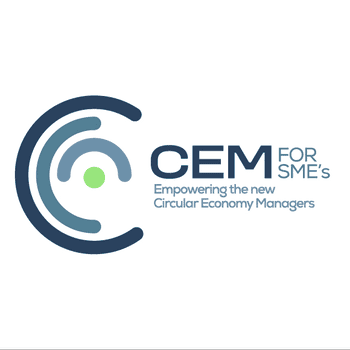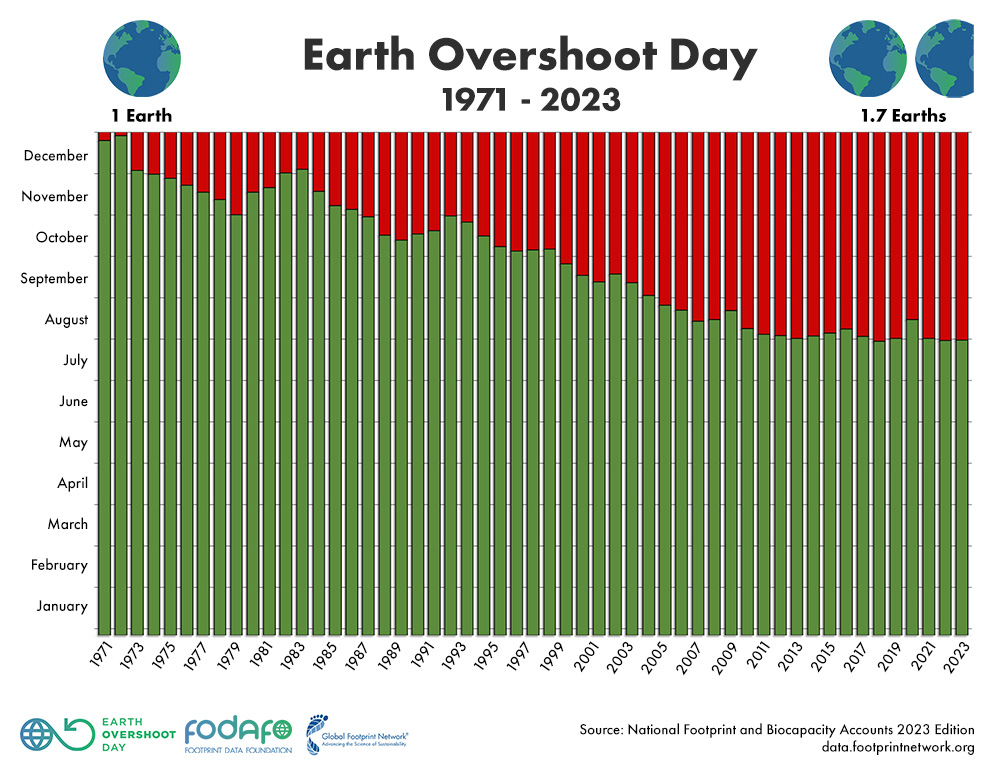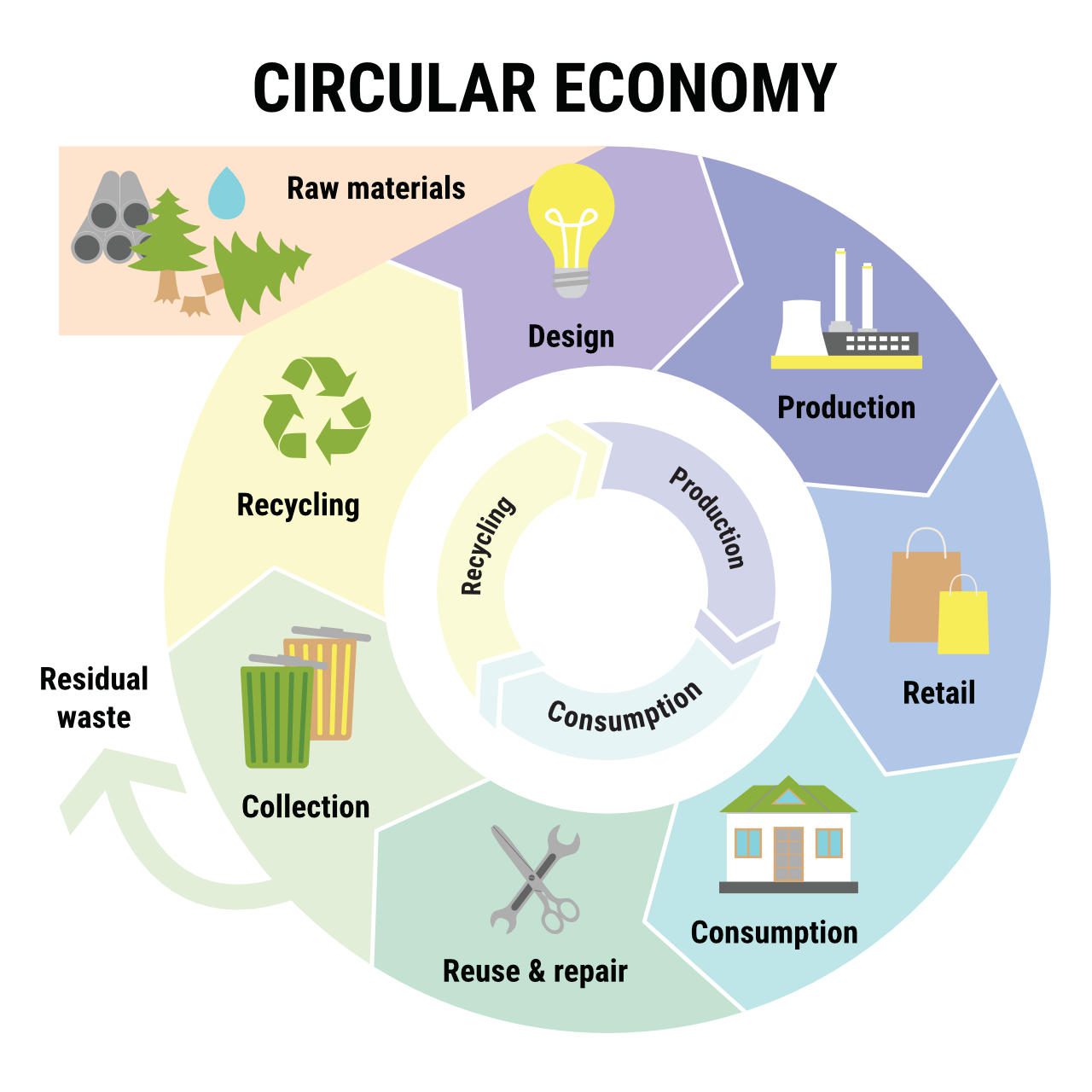In today’s world, sustainable practices are paramount, and resource efficiency plays a vital role in environmental protection while maximizing productivity at the same time.
At Institute of Entrepreneurship Development (iED), we participate in a new Erasmus+ EU project called CEM for SMEs that seeks to create a Circular Economy Manager job profile to facilitate the transition from a linear to a circular economy.
This article will explore sustainability in the form of resource efficiency, the existing challenges for a truly circular economy, and how CEM for SMEs can help drive this transformation.
What is Earth Overshoot Day? The Need for Change
Earth Overshoot Day marks the point in each year when humanity’s demand for resources exceeds the Earth’s capacity to regenerate them. Earth Overshoot Day 2023 is calculated to be on August 2 this year. Since 1971 when scientists started to calculate the Earth Overshoot Day, there has been an ever-stopping downward trend.
This alarming milestone highlights the urgent need for changes. Transitioning to a circular economy is not easy and poses further challenges, such as resistance to change and misconceptions about sustainability’s impact on productivity and profitability.
However, embracing sustainable practices and resource efficiency is key to addressing Earth Overshoot Day and achieving long-term environmental sustainability.
Addressing Earth Overshoot Day With the Circular Economy
The circular economy is a widely suggested solution to our sustainability challenges. It is an economic model that tries to minimize the amount of waste produced and maximize resource utilization by increasing products’ entire lifecycle.
Recycling and reusing resources for as long as possible help reduce waste significantly by closing the loop of production and disposal of goods. This is what we call circular economy as opposed to the linear economic model.
By keeping resources in use for as long as possible, promoting reuse and recycling, and reducing waste generation, a circular economy helps combat Earth Overshoot Day. This approach fosters a more sustainable and resilient future by reducing the strain on natural resources and minimizing environmental impact.
Read more: What is a Zero Waste Lifestyle and Tips on how to Achieve it
Resource Efficiency: Maximizing Productivity and Sustainability
Efficient use of resources is key to achieving a circular economy. Organizations can boost productivity and reduce their environmental impact by optimizing resource usage.
For instance, energy-efficient technologies can lower energy consumption, increase operational efficiency, and save costs. Likewise, implementing recycling and waste reduction measures can cut down waste disposal expenses and conserve precious resources.
Resource efficiency fosters innovation and promotes sustainable business practices, resulting in benefits for both the environment and the business’s financial performance.
Read more: Go Green in 2023: Practical Ways to Live a More Environmentally Friendly Lifestyle
Introducing the CEM for SMEs Project

The CEM for SMEs project recognizes the need for specialized professionals to lead the transition to a circular economy.
The Circular Economy Manager job profile is designed to equip professionals with the knowledge and skills necessary to drive sustainable practices within organizations.
While initially focused on the Food and Agriculture sector, the principles and practices of the Circular Economy Manager are adaptable and applicable across various industries. This project serves as a catalyst for change, encouraging businesses to embrace resource efficiency and sustainability in their operations.
Conclusion
As we navigate the challenges of resource depletion and environmental degradation, resource efficiency emerges as a powerful tool to protect the planet while maximizing productivity.
By transitioning to a circular economy and adopting sustainable practices, we can address Earth Overshoot Day and create a more sustainable future.
The CEM for SMEs project serves as a valuable resource in this journey, providing organizations with the tools and expertise to drive the transition to a circular economy. Let us embrace resource efficiency, promote sustainability, and collectively work towards a greener and more prosperous world.




